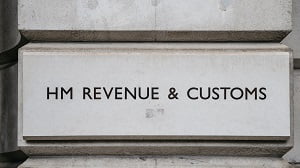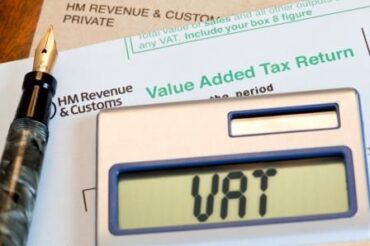
Will I Go Bankrupt If I Am A Director Of A Company That Goes Bust?
This is often the biggest worry of directors of companies which are in financial trouble. Generally speaking the whole point of a limited company is that it allows the people running it, i.e directors, to have a LIMITED liability if things go wrong.They are not completely immune, as the Companies Act 1985 and the Insolvency Act 1986 confer certain responsibilties on directors to act reasonably and fairly. So, for instance, if you lie, deceive, and willfully/recklessly pile on debt to a company that subsequently goes into liquidation then you could be held liable personally. This is know as "lifting the veil of incorporation" What is the process? If the company goes into liquidation or administration then the liquidator, who can be appointed by the court or the company's creditors, has to investigate the actions of the directors. This is so that creditors can understand why the company failed and if there is any culpability.If there has been bad behaviour, such as fraud, then the court can hold the director/s liable for the company's debts. This may well result in bankrupcty. In addition, the directors have to show that they have acted in the best interest of the creditors once the company becomes insolvent. As such, any actions that may prejudice their position can be reversed. The two most common such actions arePaying a preferenceA preference is when the director/s pay one creditor over another because they desire them to be better off. This might be a family member or indeed someone that has a personal guarantee for a loan.A transaction at an undervalueA transaction at an undervalue is when assets of the company are moved to another legal entity such as an associated company, or to the directors personally, at a knock down price so depriving the insolvent company of their actual worth.Both of these actions can be reversed up to 2 years after the company entered insolvency. When might a director become bankrupt? Veil of Incorporation If the liquidator takes action by lifting the veil of incorporation due to fraud and negligence as mentioned above and holds the director personally responsible for the debts of the company. Overdrawn Directors Loan Accounts This is a far more common occurence. In effect, this means that the director/s owe money to the company. They may have borrowed or they have extracted money in the form of dividends when there were no distributable reserves (effectively the same thing).This tends to happen when directors want to maintain their incomes, despite the company being in difficulty, because they believe, rightly or wrongly, that the company will move back into profit. The problem occurs if the directors owe the company money and it has gone bust!The liquidators will then pursue the directors for the money as they are a debtor. This can put severe financial pressure on directors as they may have also lost their ability to earn money from the work they did as the director!Normally liquidators will try and do a deal with director to repay the debt or they may opt for an Individual Voluntary Arrangement to pay back the debt. However, if the liquidators believe there maybe assets belonging to the director then they may issue a bankruptcy petition. Personal Guarantees on Loans It is not uncommon for lenders to small businesses to seek the added security of personal guarantees from the company's directors. If the company goes bust then the lenders will seek recourse from the directors. This can lead to bankruptcy and the resultant loss of your home and other assets. As mentioned above the directors may have lost their main way of earning a living from the company anyhow.
Read







